
There’s something instantly disarming about Erica Klein’s work—an unexpected collision of craftsmanship and whimsy that leaves you smiling before you even realize what you're looking at. Through her brand Hot Fluff, Erica isn’t just creating jewelry—she’s bottling up joy, memory, and a little bit of mischief in every miniature piece. Whether it’s a perfectly imperfect donut or a gummy bear waiting to become a necklace, her designs strike a chord with that part of us that still thinks in cartoons and candy-colored dreams.
But behind the pastel charm and playful puns is a solo maker who’s constantly experimenting, engineering, and evolving. Erica’s process is equal parts art school ingenuity and trial-by-fire DIY, with every new idea posing a fresh puzzle. Her recent foray into injection molding is proof that she’s not afraid to dive headfirst into the unknown, especially if it means learning something new—and maybe making some tiny rain boots along the way.
With a sharp eye for detail and a deep love of texture, Erica’s jewelry isn’t just fun to wear—it’s fun to touch, study, and laugh at. Her pieces don’t ask to be taken seriously, but they demand respect for the care, cleverness, and quality baked into every bite-sized bite of nostalgia.
If you’ve ever wondered what it takes to make tiny things that spark big feelings, keep reading—because Erica’s story is as delightful and surprising as her designs.

Your pieces are like joyful little time machines. How do you choose which nostalgic objects to miniaturize and turn into jewelry?
I gravitate to what I know, subjects that are nostalgic from childhood like lunch box classics and anything colorful. I can’t stand heavy earrings so miniaturizing the subject is common for me. I also love subjects that are already the perfect tiny life-sized scale to wear.
When I think of a new idea I’m simultaneously thinking about what material to recreate it in. Certain ideas fall into a process I’ve already nailed down, others are new and I can only guess where to start. I enjoy both the obvious path and the unknown! I’m way more likely to move forward with a new idea if the material process of making it excites me.
You describe Hotfluff as a way to “delight one’s inner child.” What’s a childhood memory or object that’s inspired one of your favorite creations?
I grew up in Texas, right in between Dallas and Fort Worth. There’s lots of Cambodian mom and pop donut shops in the area, offering countless varieties of the fluffiest, most delicious donuts ever. On mornings before Sunday School (as a little bribery to get out of bed) my mom would drive my sister and I to our local shop. I have such fond memories sitting in the backseat sipping on chocolate milk, munching on donuts (dropping sprinkles everywhere) - ahhh the sugar fueled breakfast of champions. My mom could have driven us anywhere after that, I’d have been happy! My sprinkle donut earrings remind me of these mornings, simpler times.

You recently shared your adventure in making rain boot earrings with a DIY injection mold. Can you walk us through that experiment and what you’ve learned so far?
I’ve been really curious about injection molds. The idea of casting flexible objects at home sounded difficult, but doable. I’m super familiar with silicone as a mold material itself, but I’ve always been fascinated thinking of a silicone earring design. Rain boots seemed the perfect fit!
After some research I found others have made at home injection molds using 3D prints. But I wanted my boots to be modeled from a handmade sculpture, not computer modeled. I love the idea that even a cast can be made from a sculpted object, that imperfections add personality to a piece. I realized I could pour my own resin mold with a product like Thickset, and was curious why it wasn’t already more of a thing. After scouring the internet for tips, not coming up with much, I decided to go for it and learn for myself what making a resin mold entailed.
I’ve been shaping my boot out of plasticine (non dry clay), then using ThickSet Resin to pour my mold. Each boot mold is three parts- each half of the boot (part 1 and 2) and the calf inset/ lid (part 3). I drill two spouts in the lid- one to inject silicone, another for air to escape the mold.
After degassing, I pour my mixed silicone into a syringe. These plastic syringes have attachable leur lock blunt tip “needles”. (I often use these syringes for resin pours. They allow my fill spouts to be as small as possible which helps minimize clean up work.)
The silicone injected like a dream! I’ve been trouble shooting what kind of mold release to use between mold parts. All purpose spray was too thin (my first mold stuck together and I had to shatter it apart). For my second and third test molds I used vaseline thinned with mineral spirits which did the trick, but I still think I could eliminate more flashing (silicone leakage) with a better technique.
I’m hoping my next mold will have me on my way to my final finished boots. Now I’m in the process of figuring out how they will hang as earrings. I’m testing out a back loop made from plastic that gets riveted into the silicone boot. Currently a little stuck, but I’m determined to push through and make a design that's as cute as possible while still being durable!


We loved hearing that if you could have any dream tool, it’d be a shrink ray! What’s the most unexpectedly challenging part about recreating tiny versions of familiar objects by hand?
Besides the obvious challenge of quality control- keeping things looking good despite their tiny scale, my biggest challenge is being a one person team! Besides a shrink ray I wish I had a cloning machine so I could have 2 or 3 of me. Running a business solo means wearing a lot of hats. On top of keeping new ideas flowing- I’m constantly managing my website, strategizing social media, applying to markets, inquiring about wholesale orders, keeping materials stocked- the list goes on. I’ve considered hiring help but I’m not quite there yet. Being a small business is no joke, your mind rarely turns off to it, but I absolutely love the freedom I have.
I’m so grateful I can bounce ideas off my partner Andrew. Compared to my chaotic “artist” mind, he has much more of an engineering/ problem solving mindset. He helps me tremendously when it comes to troubleshooting new ideas. If I get stuck with a problem he’s my go to for getting past it. But I still make so many mistakes that could be avoided if I was working on a team.
Your work involves a mix of fine metal wire and resins—how did you start incorporating materials like TotalBoat resin into your pieces?
I studied at Rhode Island School of Design, where I met my partner Andrew Nota. Although I majored in Painting, I made a lot of sculptures at school and loved exploring different mediums. I was always intrigued by resin but I stayed away when I heard it could be messy and tricky to work with.
When Andrew started working at TotalBoat around 2020, I was properly introduced to resin and saw how, (just like any medium) with the right knowledge and prep, it really isn’t that complicated. I was hooked! It unlocked a whole range of ideas I wasn’t able to achieve with clay. My miniature Popsicle earrings were the first resin project I made. One of my best sellers today, and an idea I’ve expanded on since with my Fruity Popsicles and Rocket Pops.

What draws you to texture and scale in your designs, and how do you play with those elements to keep your work so eye-catching?
The more detailed a tiny object is, the more eye-catching it becomes. I love the idea that jewelry is there to be fidgeted with. Anytime I’m wearing a pair of earrings or a necklace, I’m conscious of it the entire time. I love to fiddle with it, almost as a comfort. Jewelry should be as pleasing to interact with as it is to look at. I try to capture as much detail in my pieces as I can to make them enticing to touch and look at.
How do people typically react when they see your work for the first time? Any memorable interactions that have stuck with you?
I love selling at in person markets for the reactions I get. It’s so refreshing to get out and share my work after being cooped up in my at home studio. I get a LOT of cheese puff reactions. They’re so ridiculous and recognizable from a distance that they suck people in.
Then I love to see people scanning my work in disbelief. My favorite compliment is “you have a great sense of humor” because I can tell they just get it! Life is too short to take jewelry seriously. I love the thought of making something “ridiculous” to the highest quality level I’m able to achieve.

Your Instagram is such a fun behind-the-scenes look at your process, including the hiccups! How important is it for you to share the real parts of your making journey?
I’ve realized a huuuge part of my process is failure. Prototyping takes up a lot of my time. And it’s really fun! Even when it doesn’t work out. I think it’s refreshing online to see things go wrong.
When selling anything handmade, showing the full process adds value to the final product. It’s nice to give people a window into how much work goes into each idea, because it’s naturally not obvious when looking at a finished product.
You mentioned putting in your 10,000 hours—what keeps you motivated through the experiments, the flops, and the learning curves?
I lose motivation all the time! Especially while troubleshooting new ideas. It's about trusting my gut. Listening to what initially excited me about that idea. And really envisioning it being a completed vision. That vision changes over time, and those blurry periods are the moments I want to give up most.
Honestly, when I’m feeling lost or dreading a task I’ve found that setting a timer can provide the structure I need to get through a task. It’s not easy being your own boss all the time! Just 20 minutes can be enough to clear up that vision. I often find my motivation sparked all over again.
The road isn’t straight. I get down on myself when ideas take longer than I’d like to come to life. But the more experience I have, the more I realize that’s just part of my process. Sometimes it’s ok to work slow. It’s a balance- there’s bills to pay. But I have high expectations for myself to make quality products. So if something isn’t right, it’s worth slowing down, trusting my gut, and doing it right.

If you could collaborate with any other maker, artist, or brand—dream big!—who would it be and what would you want to make?
Oh wow! Lately I’ve been loving the thought of making miniature sculptures…
Making stress balls for the MoMa Design Store! That would be a dream. As a fine artist at heart, the thought of having my work in a museum has always been a dream. It would feel incredibly full circle making it into MoMa’s Design Store. And it seems like the world could use some stress relief right about now.. So I might need to get into the stress ball business..
Also- what I wouldn’t do for a lifetime supply of SmoothOn products? Their product catalog is like a dream to me and I’m in love with mold making. Some women dream of a walk in closet, I want a walk in supply closet.
What advice would you give to other artists or jewelry designers who want to break the mold (literally) and try something totally out of the box?
Fall in love with failing. It’s ok to mess up! It’s ok to try something and have it not work out. For each idea I’ve successfully launched, I’ve had countless failed attempts.. It’s good to want to succeed. It shows you care. But we learn so much more when things don’t work out or don’t go our way. If you can learn to enjoy the process- enjoy the highs and expect the lows- that resilience will see you through to some great moments. And you’ll never know if you don’t try! So go for it!
What’s next for Hotfluff—any upcoming drops or big ideas you’re excited to explore?
I’m always coming up with new earring designs- I have a few things you’ll just have to stay tuned for. What I really want to branch out into next is necklace designs, maybe even bracelets. I tried out a candy corn necklace last fall. I love how it turned out and I can’t stop envisioning a chain of gummi bears. I’m also excited for how more ambitious designs like these could improve my metalworking skills- something I’ve really been wanting to develop.


Be sure to follow Erica on Instagram to follow along her artistic journey, and don't forget to check out her website!
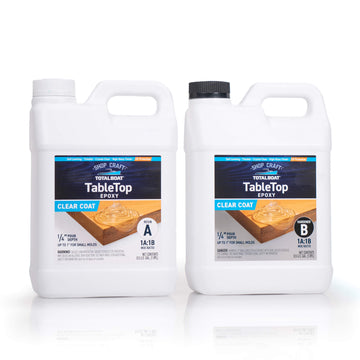
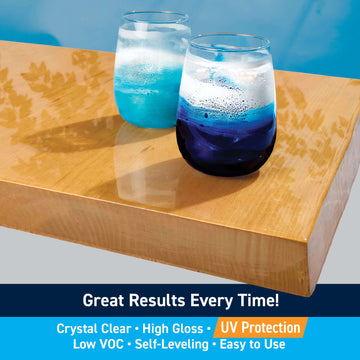
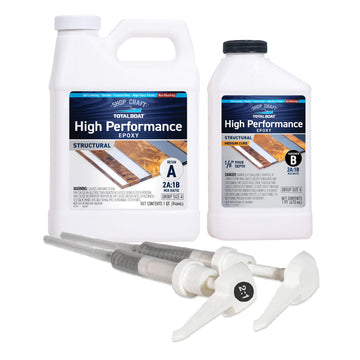
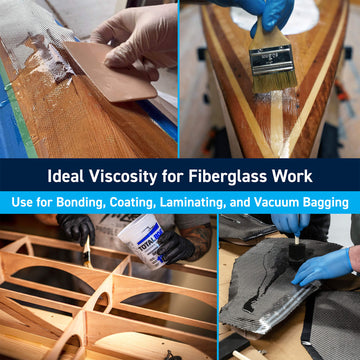
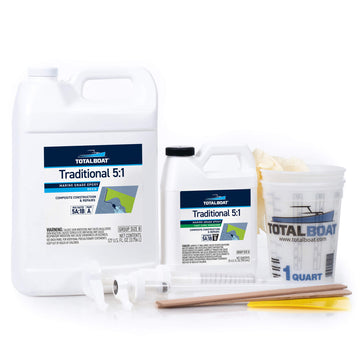
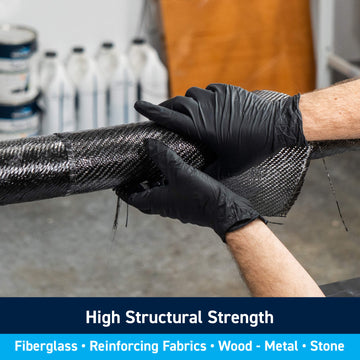
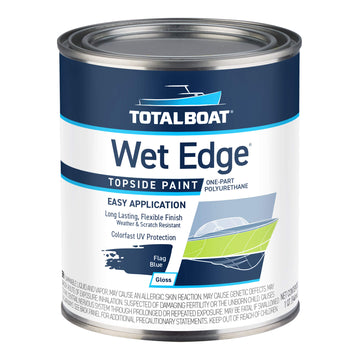
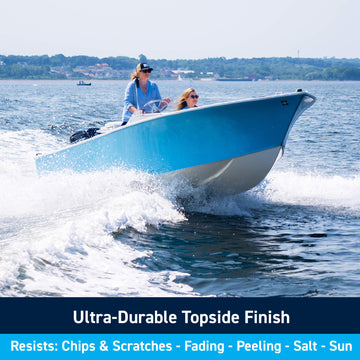
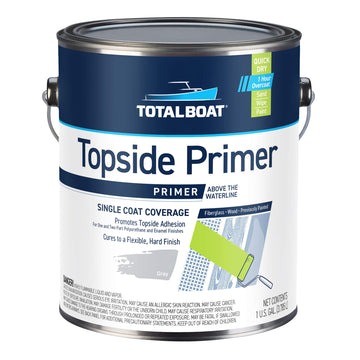
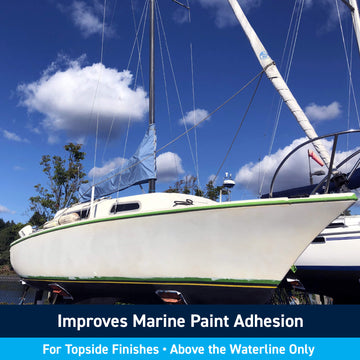

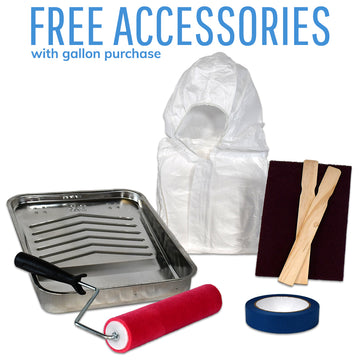
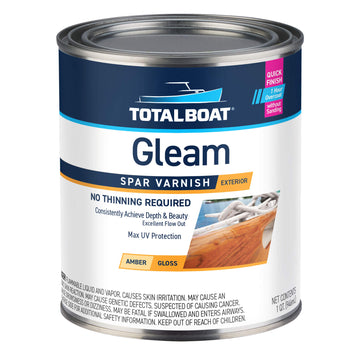
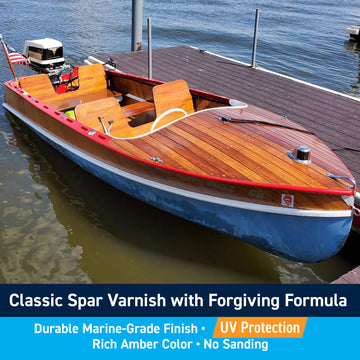
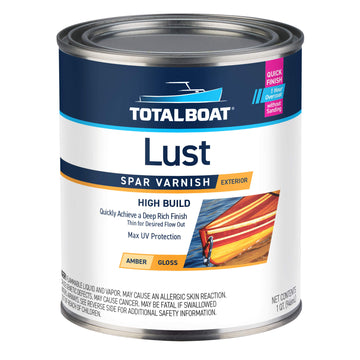
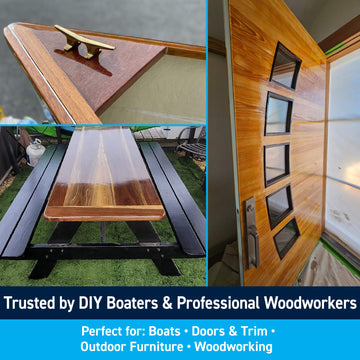
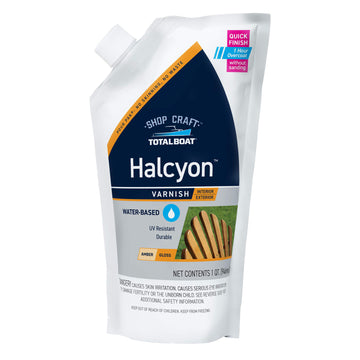
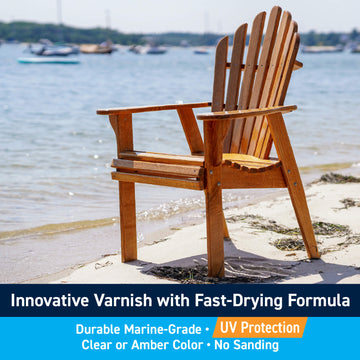




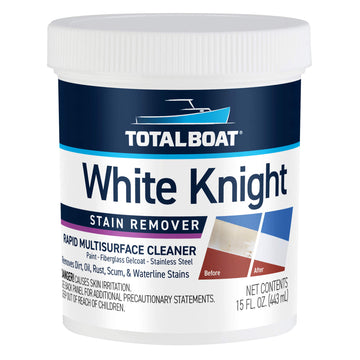
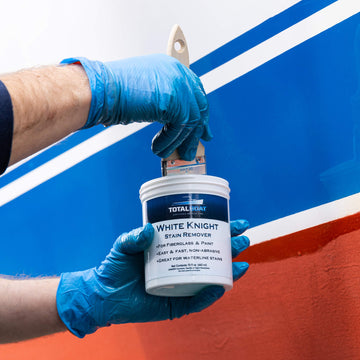


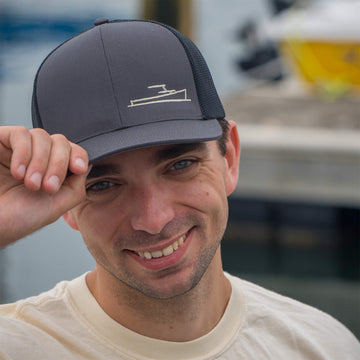
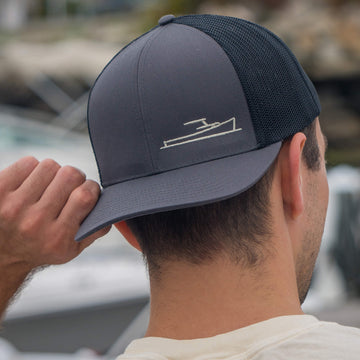
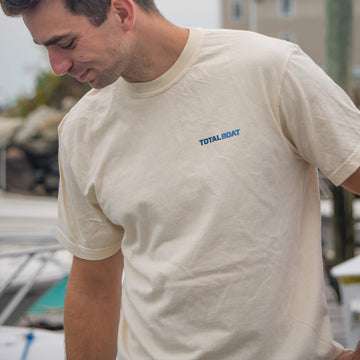



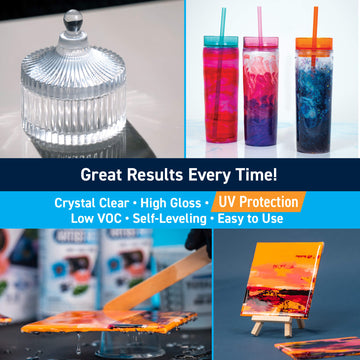
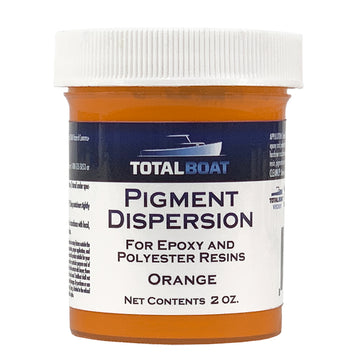
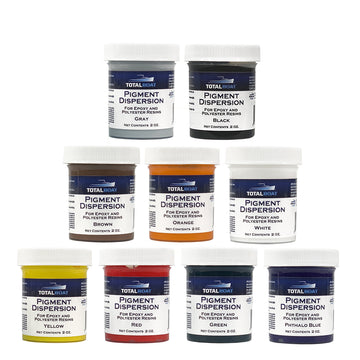
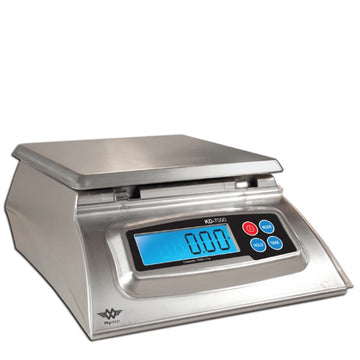
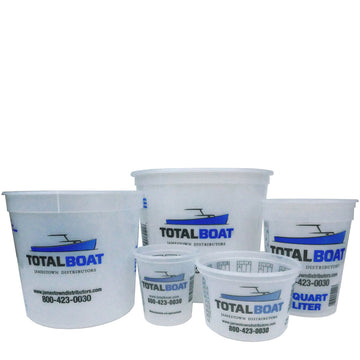
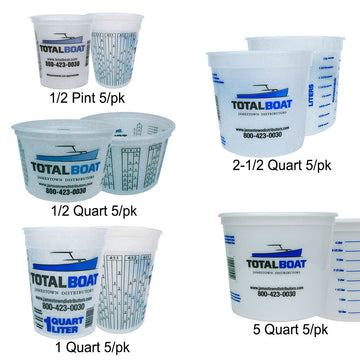

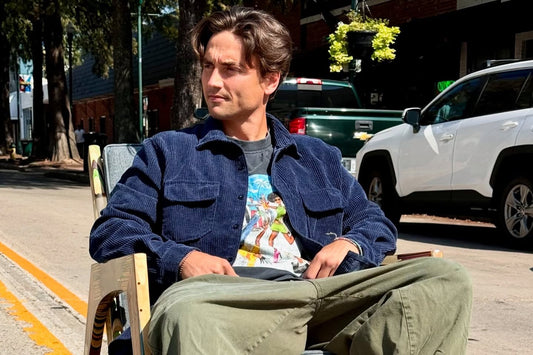


2 comments
A really talented young lady , love this interview.
Well done Hot fluff and much success
Excellent story! Fascinating young artist.